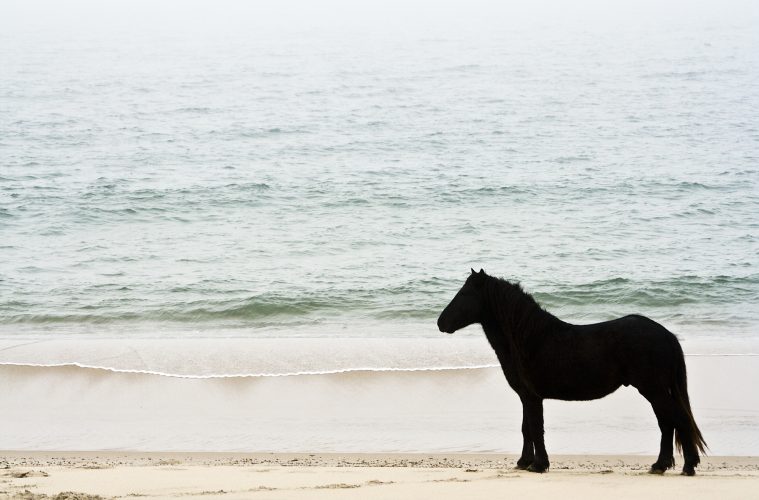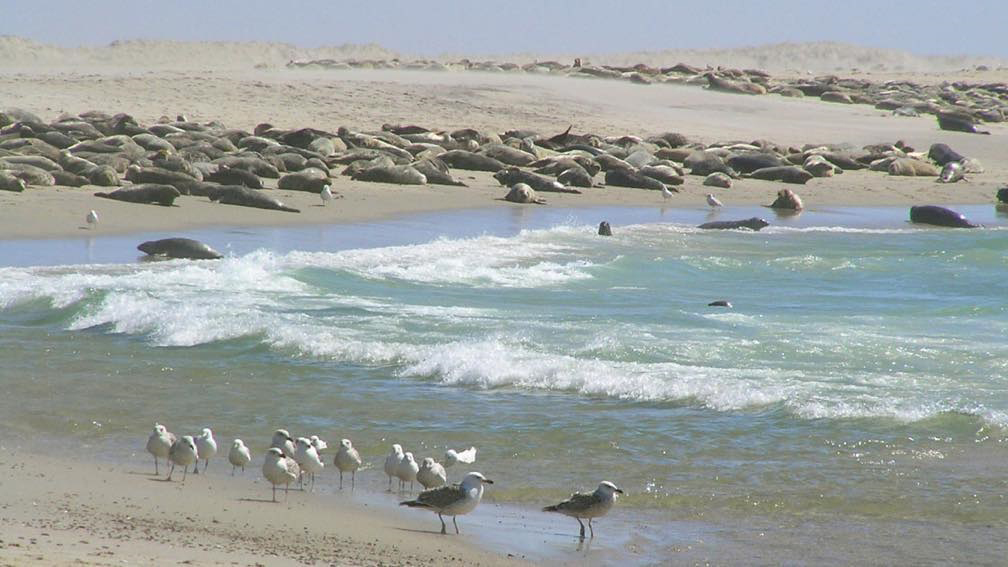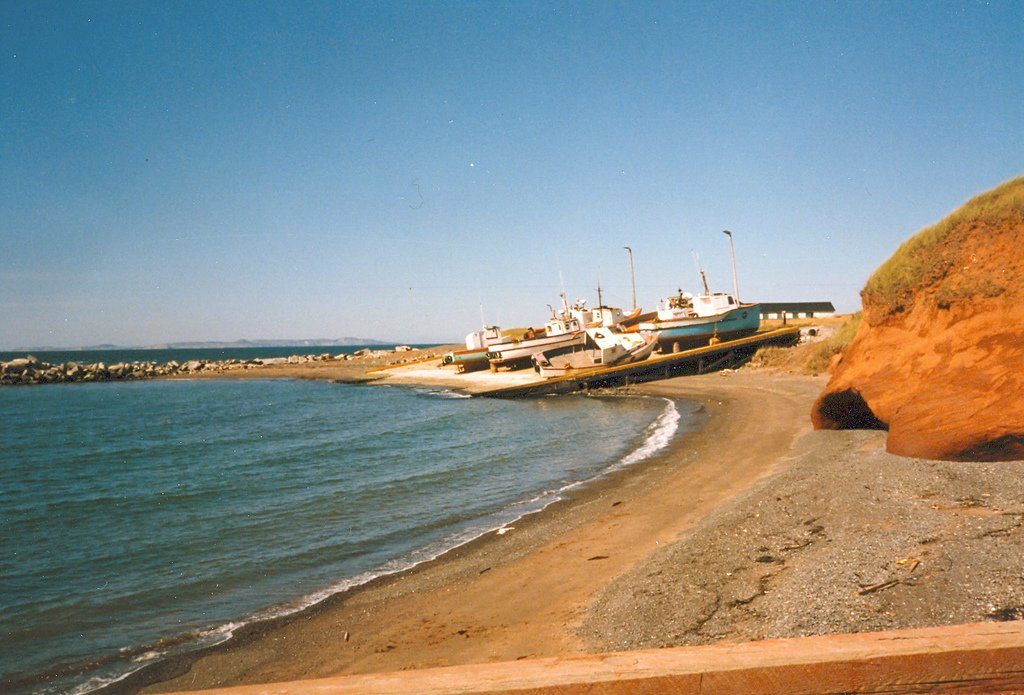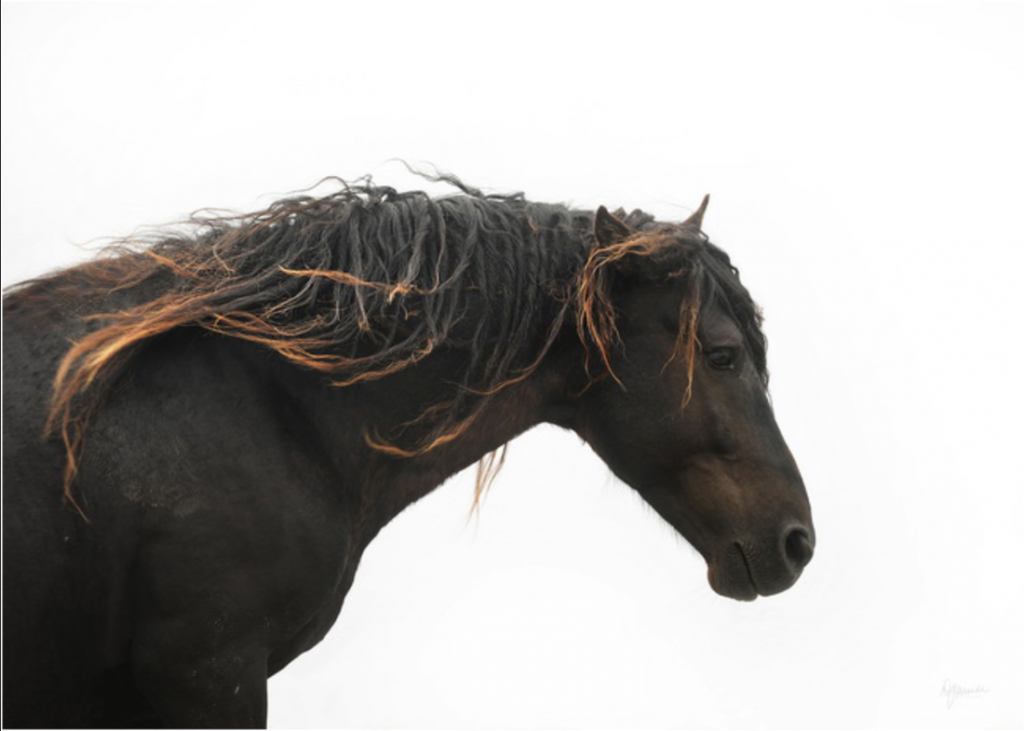
Estimation

According to an estimation done between 2003 and 2004, about 50,000 seal pups were born on the island during the breeding season. This indicates that the seals have had much more luck on Sable Island than the walruses that used to live there.
Intervention

An intervention could either elevate a condition or make it more dilapidated. The second option turned out to be true in the case of a sable island. The number of mammals experienced a demise when they were exposed to human intervention. The hunters knocked many walrus down which caused the area’s walrus population to go extinct.
Wild Horse

Wild Horse is the only species that most successfully managed to survive on the shape-shifting land. These equine creatures are the representative of life on the Island as they are relatively high in number. The horses are the symbol of freedom and the Island itself adhere to the properties of being free.
Dropping Numbers

A sheer drop in numbers of the horse species could be seen. According to a 2016 report, for instance, it was estimated that more than 550 horses roamed the island. Yet this number has since dropped to 500 – at least according to a study that started in 2017 and concluded in 2018.
History Of Wildlife

The wild horses initially were brought to this sandy land in the 19th century. To be precise, wild horses were first left behind by the descended from French colonists, the Acadian people. The people living there were forced to leave the Island due to the British Forces and many natives fled without their animals.
Not For Everyone

Thomas Hancock who’s the uncle of one of the authors of the U.S. Constitution, John Hancock, gathered the horses together and transferred them to Sable Island. His basic idea was to keep his animals alive until he could sell them, but, before his selling process, the animals could not hold much and were dead as the conditions did not suit most of the creatures.
